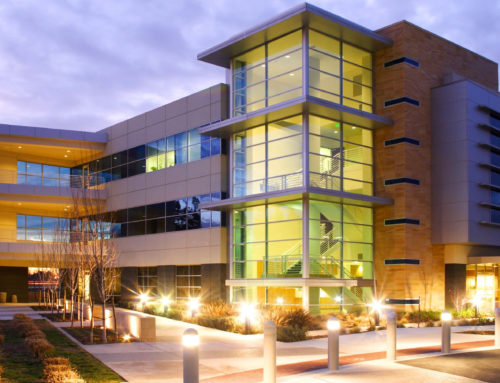For many health organizations, the biomedical engineering and IT teams do not both directly report to the CIO. While in the past that would be somewhat acceptable, nowadays biomed engineers can significantly benefit from working more closely with the IT department, which has encouraged many hospital and health system CIOs to begin looking for ways to combine IT and biomed together under the management umbrella.
In many of the top wired hospitals in the nation today, the integration of medical devices and connectivity of systems is key to their success. This only highlights the importance of IT and bioengineering working together to ensure that all medical device vendors are providing systems that can play nice in this new ecosystem where devices are expected to push / pull data sets and eliminate manual data entry when it comes to patient data.
Hospital CIOs and CTOs are creating strategies that leverage the expertise of both biomedical engineers and IT analysts, which will produce significant benefits for patients and clinicians alike. This approach also has a significant impact when establishing support for the integration of medical devices with existing hospital information systems. IT can support and push for better integration needs while bio engineering can ensure the devices will deliver the appropriate, data rich results for the staff.
As EHR systems continue to improve in functionality and user experience, vendors are recognizing the need for their products to be able to capture and store comprehensive patient data that can be extracted from medical devices. As such, bio engineers and IT innovators must begin working together under the leadership of the CIO, who can help ensure that medical device and EHR integration are fully aligned with organization’s long-term IT adoption goals.
-Posted by Reda Chouffani on April 1, 2012 on TechTarget.com


